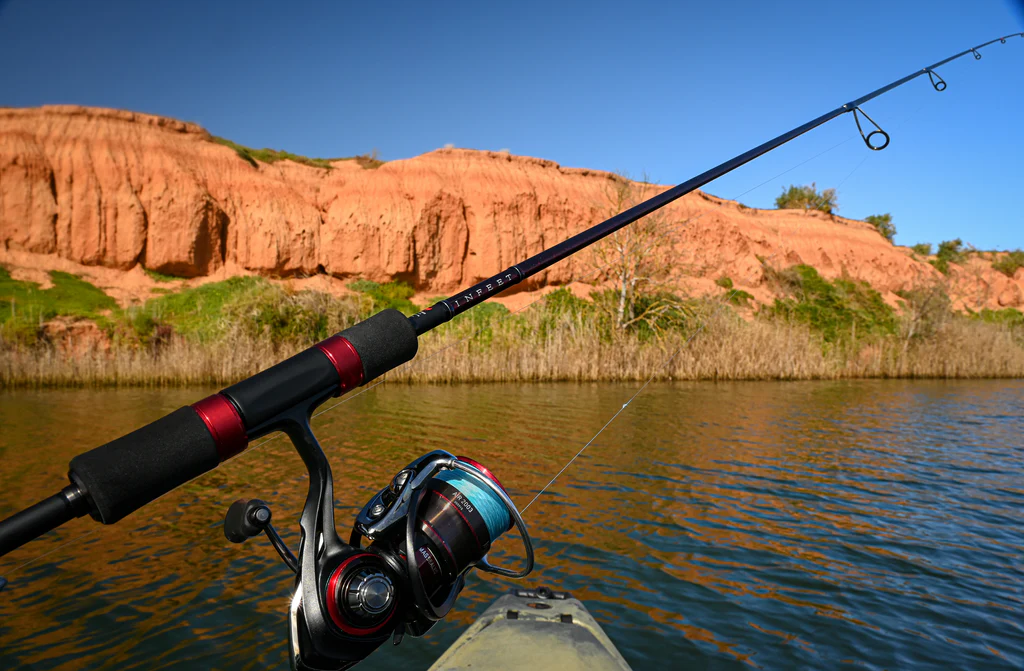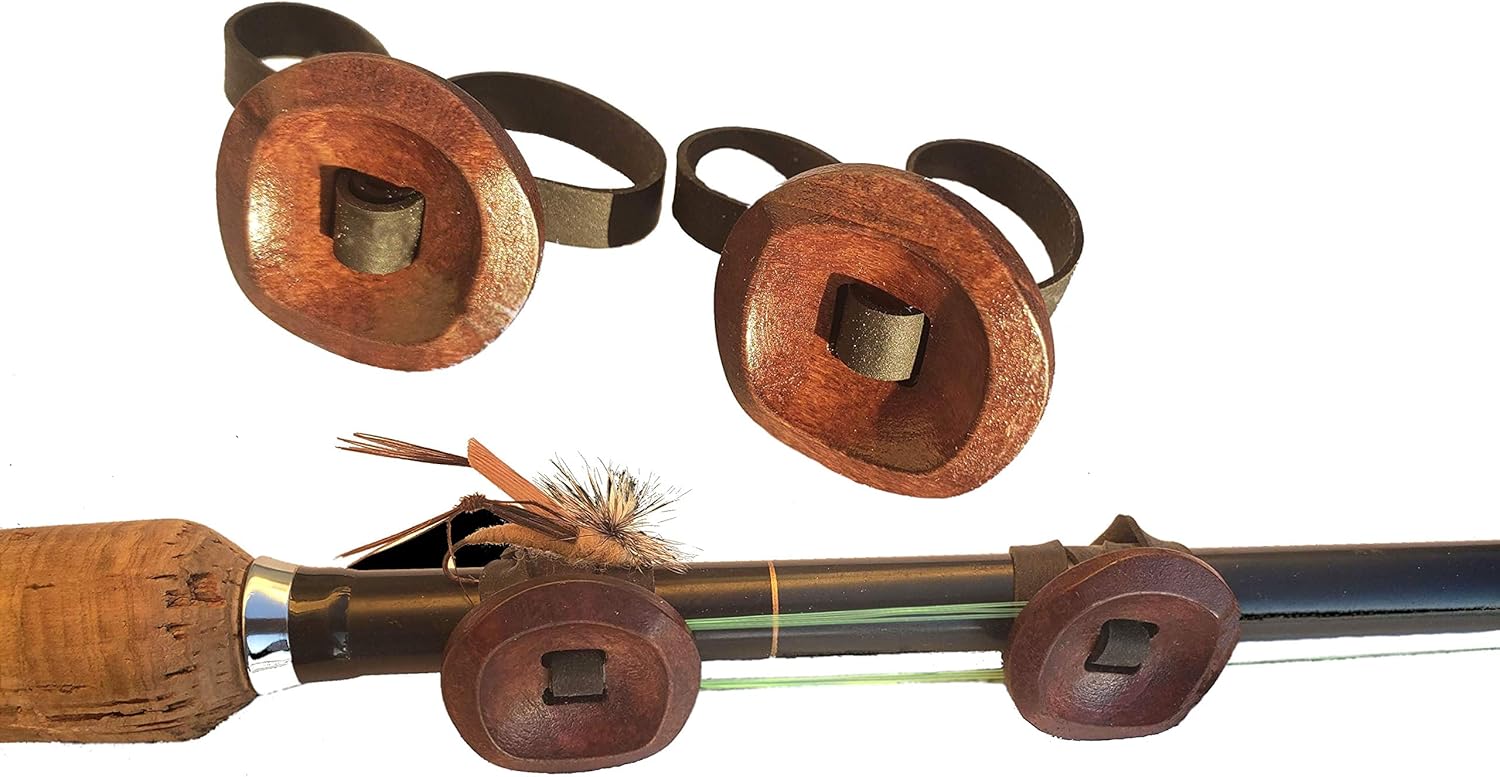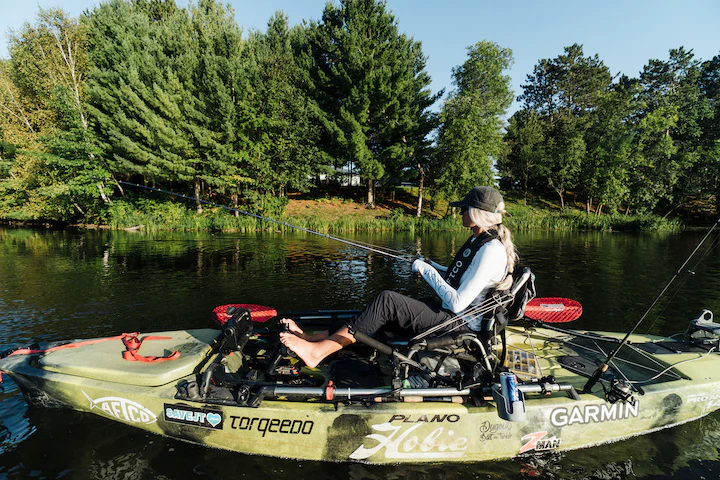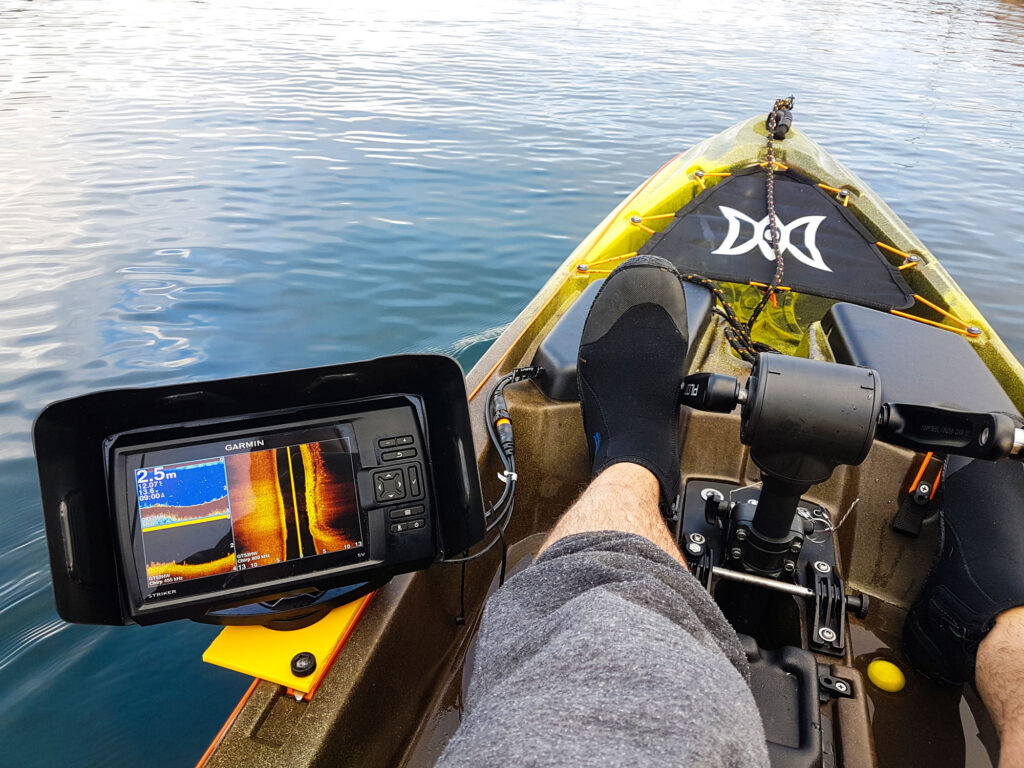Table of Contents
and their weight ratings. This guide will explain the importance of weighing the rods. You will then be able to select the right one. Fishing rod weight becomes critical when you’ve plans to fish rods. You need to understand it. To find the best fishing rods, knowing about the weight is also important.
What is a fishing rod weight rating?
The weight rating of a fishing rod is a vital number that one should check before buying the rod to make it fit for different kinds of fish. The rating based on weight, or strength, is on the load a fly fishing pole can take before it bends. It is referred to by the size of the line or the lure intended to be cast. For techniques, use lighter rods for trout and perch. Heavier rods work for bass, pike, and salmon.
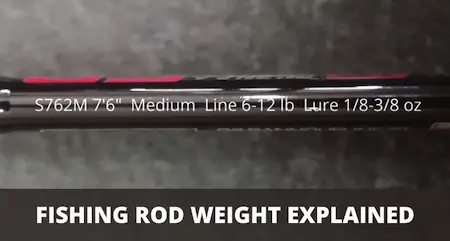
Did you just start with fishing? Probably you have been trying to find out the different types of fishing rods and their weight ratings. This guide will explain the importance of weighing the rods. You will then be able to select the right one. Fishing rod weight becomes critical when you’ve plans to fish rods. You need to understand it. To find the best fishing rods, knowing about the weight is also important.
What is a fishing rod weight rating?
The weight rating of a fishing rod is a vital number that one should check before buying the rod to make it fit for different kinds of fish. The rating based on weight, or strength, is on the load a fly rod can take before it bends. It is referred to by the size of the line or the lure intended to be cast. For techniques, use an ultra-light rod for trout and perch. Heavier rods work for bass, pike, and salmon.
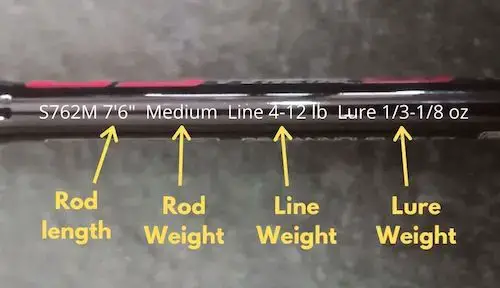
The initial set of letters shows the type of rod. “S” is for spinning and “C” for casting. It also shows its length, number of pieces, and weight. For example, if the cod ‘S762M’ is on a spinning rod, it means then that it is a specific type for spinning rods that are 7 feet 6 inches long and are of two pieces. It also comes with medium weight and power.
The following character set often appears as the monofilament line rating with the preferred line weight of the poll. As in the case of the ‘4-12 lb line’, it means to use a line with a weight between 4-12 pounds.
Next, the characters in a series usually indicate the lure’s weight rating, or enticement number, for the rod. Likewise, ‘1/3 – 1/8 oz’ points to the expected weight range.
Before you can choose the right fishing rod, you must know its specs. These are the line strength, lure size, and reel size. You can see the line weight suggestion, and select a reel according to that suggestion.
Since you can tell the difference between fishing poles, you must choose a suitable pole weight rating for the conditions.
Rod weight chart
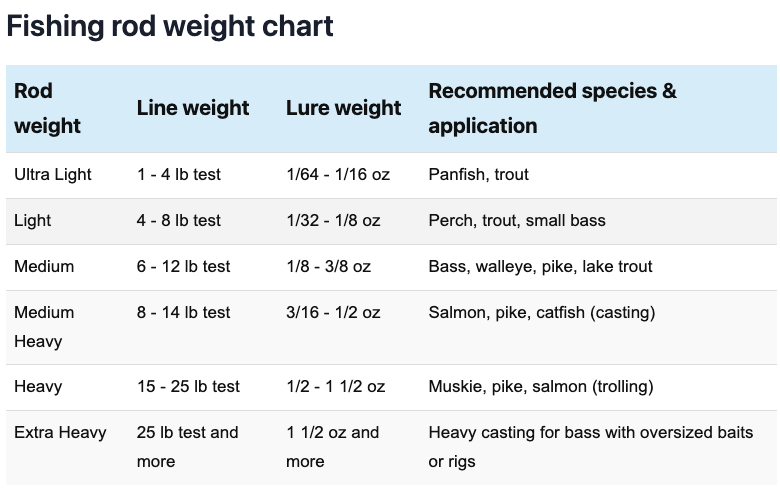
Rod power chart
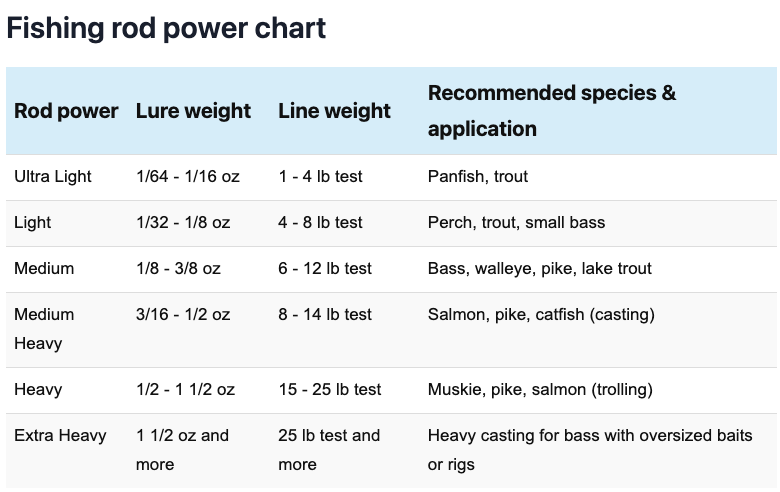
Fishing rod line weight
Also, line weight ratings, or line ratings, are vital. They show the line’s strength to resist breakage with a correctly adjusted reel. It marks the end of forward bending by applying the maximum amount of weight that the rod can hold before entering the “lockup” condition. It is when a rod cannot exert power on a fish, because it is no longer bending. An example is a rod that has a rating of 8-12lb (8-12 pounds breaking strength of the line).
For a rod’s capabilities, the line weight (20-40 lbs) denotes the range of a test line it can handle, and drag up to 7-14 lbs. The weight of the line changes depending on what type of fishing we are doing.
In coarse fishing, a 4-12 lb test is standard. Use 4 lbs for small trout and sunfish. For bass or general freshwater fishing, use 6-8 lbs. It is important to note that the rod, reel, and line form a system. They help fight the fish. Using a line above the rod’s rating can damage it.
Fishing rod lure weight
The weight of the lure on the fishing rod is a crucial consideration that impacts the efficiency and performance of a fishing rod. The lure rating of the rod tells of the ideal lure for the rod and that will result in optimal casting ability. Typically, the weight rating of your rod will be given in the spec. This is the rating that will help you to select the most appropriate lure packages such as the lightest or heaviest you can use with such a rod. For example, a rod labeled 10-20lb line rating could be paired with a braided line in the range of 15-30lb of line weight.
Using the lure weight per the manufacturer’s guidelines is not a strict rule. It’s a guide, so optimal results are not guaranteed. A floating one may do the trick and a heavier lead ball can still work for you, but a hard overhead cast using the same weight may break your rod. Hence, one must get the rod, lure, and line in the correct way if one wants the fishing experience to go well. In other words, a medium-light rod is ideally suited for a 6–10 lb test and 1/4–1/2 oz lure, while a heavy rod will work well for a 20–40 lb test and a 4–8 oz lure.
How to choose the right rod weight?
The selection process of the rod weight is a very critical step and must be done carefully. This is especially true as you plan to go fishing for a particular type of fish. Different species of fish are hooked by different rod weights. One of the examples is going after small fish like panfish and trout; a light rod weight can be in the range of 2-6 would be good. However, in this case, you might choose a rod of a higher weight, which is for example 7-10, if you aim at bigger species, like salmon or bass.
The other one of the significant parameters of consideration is fishing conditions. If the wind is strong or you need to cast far, a heavier rod may work better than a lighter one. It can withstand the wind and cast farther. As in the previous example, if you are on a stream of limited dimensions toasting delicacy then a light will suffice.
Keep in mind that the middleweight rods work well for you if you are comfortable with it or if you can handle it. This is true, and you should attempt different rods before selecting one to see which one fits your hand the best.
How do I know what size fishing reel to buy?
The selection of a proper-sized fishing reel should not be difficult but depends almost solely on the fishing line type you plan to use most often. The less the tenacity you require, the less reel you will trip over with. The reel sizes often begin with an opener of 500 and can exceed 4500, with the figure being the line length that the spool can hold.
We should note that the rating is not even. It consists of only 30 and 20. So, 40 is bigger than 30 but smaller than 20. When choosing a reel, consider many factors. These include the local fish species and the lures or baits to be used. Properly size up your reel to your rod to have a nice fishing trip.
Wrapping up!
In the end, fishing rod weight matters a lot for a successful outing. Consider the fish you’re after, the weather, and your comfort. These factors are key when choosing your fishing gear. Don’t be hesitant to give different sizes and weights a go to find your best fishing poles!


